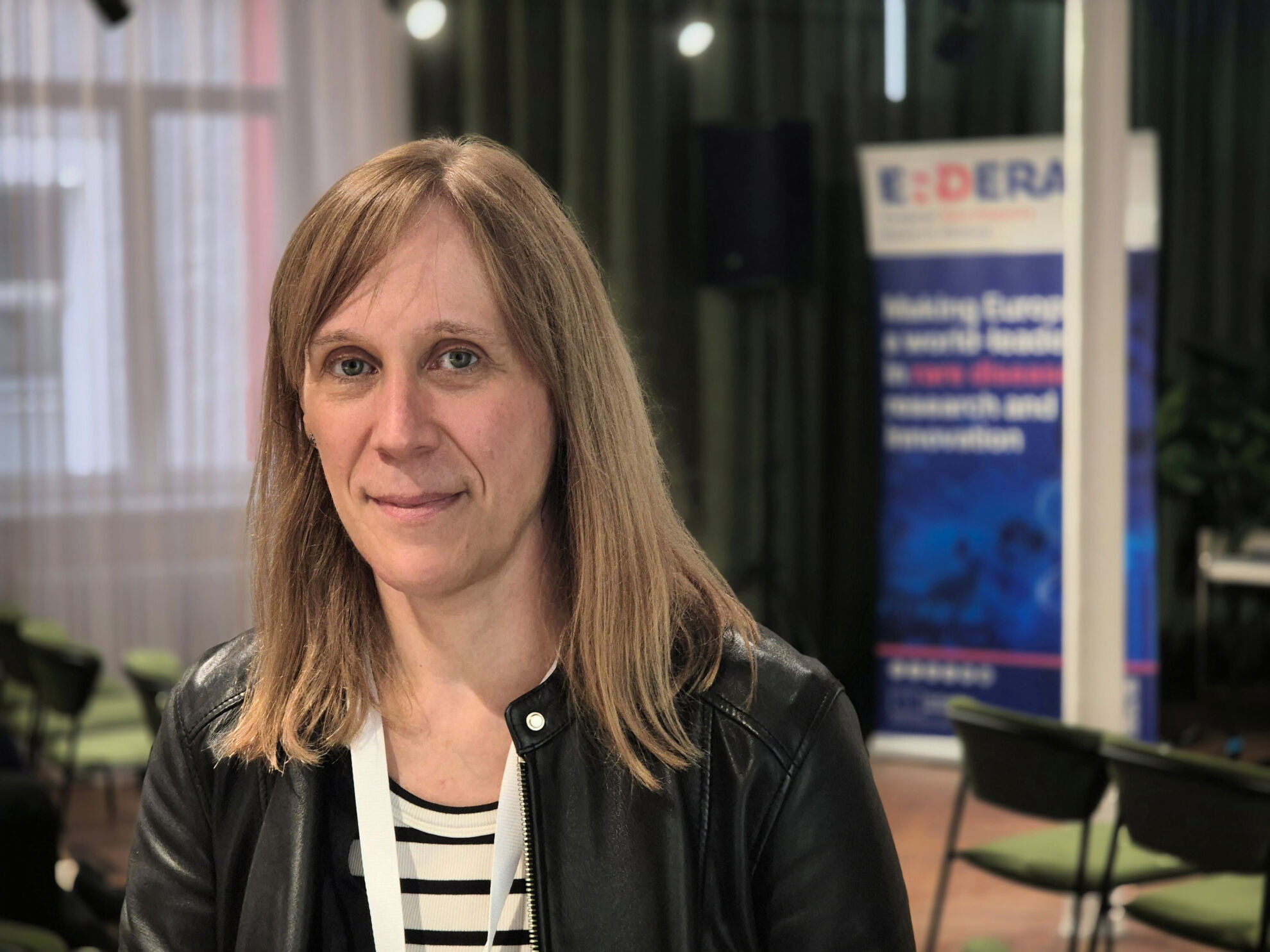Sandra Alves, a senior human-genetics researcher at the National Institute of Health Dr Ricardo Jorge (INSA), has coordinated Portugal’s National Mirror Group (NMG) for rare diseases since its creation in 2021. Under her guidance, this well-established NMG links policymakers, clinicians, scientists and patient organisations, channeling Portuguese priorities into European initiatives such as the European Rare Diseases Research Alliance (ERDERA). The group now plays a central role in aligning national efforts with the newly launched “Plano de Ação para as Doenças Raras 2025-2030”, helping Portugal make the most of international collaboration while improving care and research for people living with rare diseases.
Since the NMG was set up in 2021, what do you regard as its most significant impact, nationally or internationally?
At home, the breakthrough has been putting patients truly at the centre. When we created the group, we offered patient organisations a permanent seat alongside our research council (FCT), the National Institute of Health (INSA), the Directorate-General of Health and environmental agencies. It was the first time patients had been treated as equal partners in this kind of forum, and it immediately changed the conversation.
Why does that patient-centred approach matter in practice, for example in Portugal’s Rare Disease Day or the new national plan?
It has tangible effects. The new national plan for rare diseases draws directly on the priorities set by those patient representatives; they were involved from the first draft. The same spirit shapes Rare Disease Day. Because patients co-organise the event, discussion is lively, relevant and—now that we run it both online and in person—open to a wider public.
Finally, the NMG, patients’ groups wrote a formal letter to government urging the participation in ERDERA; that collective voice carries weight.
How has the NMG improved coordination among stakeholders working on rare diseases?
By bringing everyone, including patients, into a single table we created a forum that can draft documents together, reconcile viewpoints early and speak to the government with one voice. That streamlined process is already guiding the writing of the new plan scheduled for adoption in 2025.
This year’s workshop theme is maximising national plans to foster research. What specific role can NMGs play?
We can push governments to set aside a dedicated budget, but we can also do very practical groundwork: mapping existing resources—registries, biobanks, specialist centres—and making sure they are visible and interoperable. When researchers, clinicians and patients know what assets exist, collaboration happens faster and national funds are spent where they add most value.
Portugal shares a language with Brazil, Angola, Mozambique and others. Has that linguistic bond translated into collaboration?
Not yet through the NMG itself, but INSA, where I work, has long-standing partnerships with Mozambique and Angola. We are helping them build and expand newborn-screening programmes, drawing on Portugal’s own experience. Those projects show that Lusophone cooperation is both feasible and worthwhile; my hope is to weave them into the NMG’s agenda in the next phase.
Finally, what is the single most important ingredient of a successful national rare-disease strategy?
Leadership. You need a coordinator who is influential enough to bring ministries, researchers, clinicians and, crucially, patients to the same table; someone who listens, mediates and keeps the plan moving. Structures and budgets matter, of course, but without a respected leader they rarely achieve their full potential.

